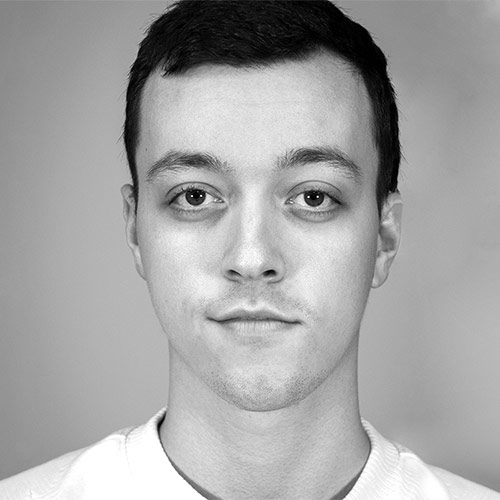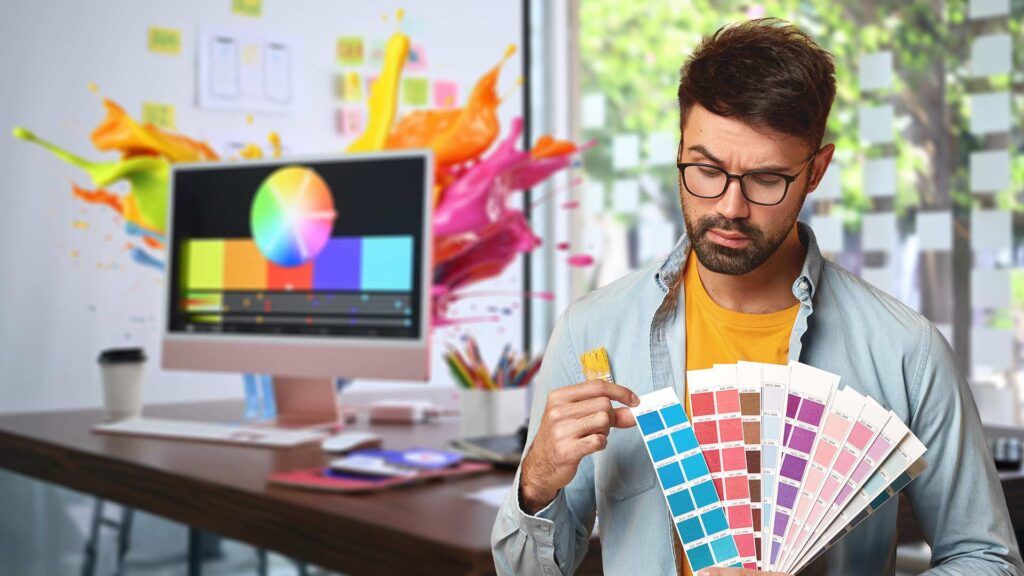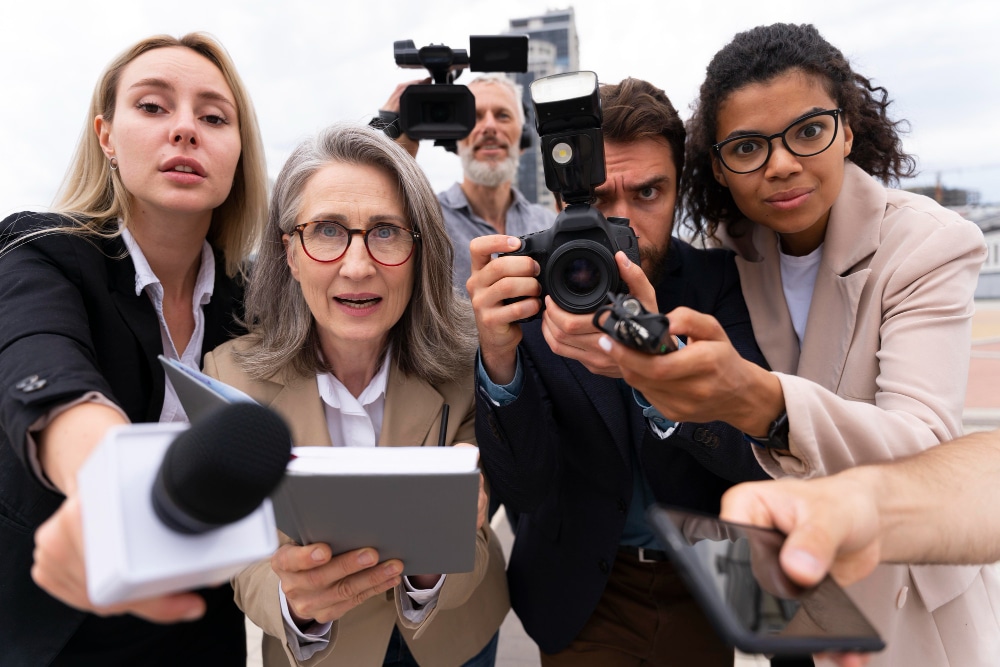Intentionally or not, we are indirect users of machine learning algorithms every day. Streaming platforms offer us selected movies and music based on a predicted model, search engines help us find the most accurate answer to any question before we have time to even ask it, and autocorrect on our phone corrects misspelled words depending on the context of the rest of the given sentence. The above applications serve to optimize the end-user experience, enhancing the convenience of the service.
In addition to technical applications, can artificial intelligence be useful in the creative industry? Can an AI be the author of a work protected by copyright law, according to Polish law? How to create a drawing of an astronaut playing basketball with cats in space if you are not a graphic designer? You will learn about all this in the rest of the article.
What’s DALL·E?
When, in September 2022, OpenAI (backed by Elon Musk and Microsoft) announced open public access to the beta version of DALL·E – an AI system that creates realistic images based on textual description – interest in the commercial use of so-called “Generations” created using AI increased significantly. According to the developers’ assurances, users who use their service have full commercial rights, including the right to copy, reprint, sell and merchandise.
As OpenAI writes about itself, its mission is “to ensure that Artificial General Intelligence (AGI) – by which we mean highly autonomous systems that outperform humans in the most economically valuable work – benefits all of humanity.”
The system was presented to the world for the first time in January 2021. Since then, subsequent iterations have achieved much greater accuracy in understanding text and user expectations, as well as a 4x increase in the resolution of the output images.
How does it work?
The DALL·E system was created by “training” a neural network. Through deep learning, DALL·E has learned the relationship between images and the text used to describe them. It uses a process called “diffusion,” which, starting with random noise in an image, incrementally constructs recognizable elements from it until the output image is developed. More about diffusion models »
In a nutshell – based on a huge database of photos and graphics that have been described in textual detail, DALL·E has learned to recognize the relationship between descriptions and graphic elements. What does this mean? Machine learning allows the algorithm to be “trained” in such a way that it is able to understand what a koala looks like on the basis of a sufficiently large amount of data (e.g. images depicting a koala). The result for the query “koala” would be graphics containing the animal, while its arrangement, the action it performs and its surroundings would be fully dependent on the koala images contained in the database on which the algorithm trained itself.
DALL·E can do much more – by figuring out what a koala looks like (based on a database of photos showing koalas) and what a motorcycle looks like (based on a database of photos showing motorcycles and the people using them), it is able to create an entirely new “Koala riding a motorcycle” image, understanding the relationship of one object to the other.

DALL·E can create original and realistic images from textual description (in English) and understand ideas, attributes, adjectives, actions and trends in art. With proper “training” of the algorithm, it knows the names and works of world artists, pop culture icons and architectural styles. All this on the basis of a properly described database of graphic materials.

DALL·E’s functions do not stop at generating images based on text. The input data can also be an image file, which, with the help of an appropriate tool (so-called outpainting), can be freely “extended” matching the resulting style to the original one. The system can also make changes to the image using textual instructions (so-called inpainting, e.g. replacing an element, deleting an object) and propose alternative versions of the source image.
Original: Girl with a pearl – Jan Vermeer; Outpainting: August Kamp using DALL·E
Can artificial intelligence be racist?
Of course it can! It is important to be aware that (so far) artificial intelligence (in this case, DALL·E) is not an independently thinking entity, and all resultant images are created based on the data set on which the neural network has been “trained.” Without proper training, the system will repeat all encountered stereotypes and negative imagery that were found in the analyzed data set.
For example – if the database on which the network trains has 1,000 images described as “CEO” of which 9/10 depict men with light skin, it means that the algorithm will associate the word “CEO” with male gender and light skin complexion.
In order to minimize the impact of stereotypes on the results produced by DALL·E, the developers have made every effort to better represent gender and racial diversity when it is not directly specified in the user’s query.
It is worth knowing – DALL·E does not allow for the use of images of recognizable people and does not allow for the creation of deceptive and hurtful images.
Can AI be an author?
The release of the DALL·E tool has entailed a rash of bizarre yet beautiful graphic creations imitating the styles of Warhol, Van Gogh or Picasso, for which, according to the creators’ claims, users have full commercial use rights. Who is the author of such a work and are the resulting works entitled to legal protection?
At the outset, it is a good idea to verify whose property the images generated by DALL·E are:
Ownership of Generations. To the extent allowed by law and as between you and OpenAI, you own your Prompts and Uploads, and you agree that OpenAI owns all Generations (including Generations with Uploads but not the Uploads themselves), and you hereby make any necessary assignments for this. OpenAI grants you the exclusive rights to reproduce and display such Generations and will not resell Generations that you have created, or assert any copyright in such Generations against you or your end users, all provided that you comply with these terms and our Content Policy.
By using the OpenAI tool, we own all the queries we submit to the system (known as Prompts), but at the same time we agree that OpenAI will own all the resulting images (known as Generations), for which it will in return grant us an exclusive license for commercial use. At the same time, OpenAI promises not to exercise any copyrights against us as creators of the prompt (or our recipients), as long as we act in accordance with the company’s content policy.
According to Polish law, is the query (Prompt) we created considered an artwork?
Article 1.1 The subject matter of copyright is any manifestation of creative activity of an individual character, established in any form, regardless of value, purpose and manner of expression (work). . Law of February 4, 1994 on Copyright and Related Rights)
By all means! As long as the prompt bears the hallmarks of creative activity, it is protected from the moment it is established. Interestingly – the work does not have to be finished, and the author is protected regardless of whether he has fulfilled any formalities (Art. 1.1.). In contrast, it is hard to draw a line from which the inquiry bears the hallmarks of creative activity and individuality.
Example:
The query “pigeon astronaut” will probably not be considered a manifestation of creative activity, which is different in the case of: “A curious pigeon astronaut in a futuristic spaceship eating a pink donut.”
What does Polish law say about protecting works created by artificial intelligence?
It doesn’t say a thing! According to Article 1.1, “a manifestation of creative activity of an individual nature,” the creator can only be a person (an individual) – completely negating the possibility of protection. It is now accepted that if the creator (person) to create a work uses software assuming a limited and finite number of results, in addition to himself, the co-creator can be the creator of the software. In the case of AI, can we speak of a “finite number of results?”.
Based on “Copyright Law for Designers” W. Bednarska, M. Bywalec, A. Golan, Ż. Lerche-Górecka, A. Korzeńska, wyd. OD-NOWA x SO IN LAW, 2019
So it seems that as long as the user complies with the rules (agreement) of using DALL·E, he gets an exclusive commercial license for the works created using it, but he does not own them. It is worth mentioning that there have been a lot of doubts on the web about the above interpretation. One important question emerges from them – can the creators of DALL·E pass on to downstream users a license for works that are the result of learning the algorithm on images to which they have no property rights? Does the algorithm violate the copyright of the creators by producing images based on their work? At this point, the law has not kept up with the development of technology, so the question remains unsettled. Major image distribution portals (so-called stock sites) do not allow creators to sell AI-created works on their platforms, because it is impossible to clearly confirm authorship and the lack of infringement of property copyrights.
Are AI tools the future of creativity? Will they change the way we think about creativity and contribute to the emergence of new professions relying on AI support, displacing creative jobs? We can only believe in what the creators assure us:
Our hope is that DALL·E 2 will empower people to express themselves creatively. DALL·E 2 also helps us understand how advanced AI systems see and understand our world, which is critical to our mission of creating AI that benefits humanity.
Our team will definitely benefit from the solutions that DALL·E provides..
Other sources:
https://www.wired.com/story/openai-dalle-copyright-intellectual-property-art/
https://jumpstory.com/blog/using-dalle2-images-for-commercial-purposes/
https://www.technollama.co.uk/dall%C2%B7e-goes-commercial-but-what-about-copyright
Update 11-2022:
We’ve simplified our Terms of Use and you now have full ownership rights to the images you create with DALL·E — in addition to the usage rights you’ve already had to use and monetize your creations however you’d like. This update is possible due to improvements to our safety systems which minimize the ability to generate content that violates our content policy.




